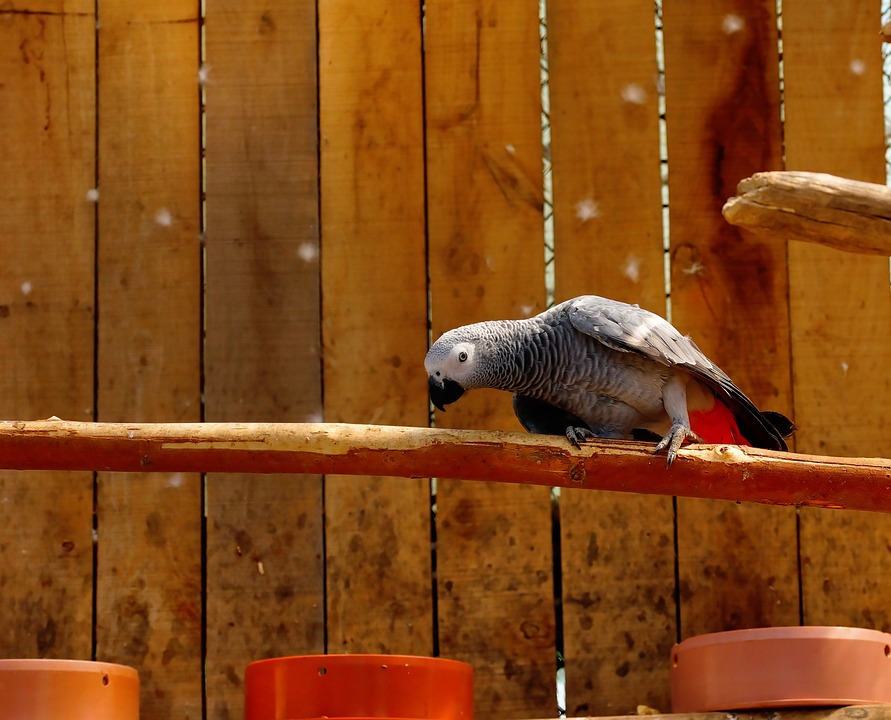*Header: Introduction*
Parrots are highly intelligent and social creatures that can be trained to perform a variety of behaviors. Teaching your parrot to turn around on cue is not only a fun trick but also a great way to stimulate their minds and enhance their bond with you. In this article, we will explore effective techniques to help you successfully train your parrot to turn around on command.
*Header: Understanding Parrot Behavior*
Before diving into the training process, it is important to understand some key aspects of parrot behavior. Parrots are natural problem solvers and thrive on mental stimulation. Training provides an outlet for their intelligence and enables them to learn new behaviors. Additionally, parrots are highly social animals that seek interaction and attention from their human companions. By engaging in training sessions, you fulfill their need for companionship and establish a strong bond with them.
*Header: Step-by-Step Training Process*
1. **Establish Trust and Bonding**: Before starting any training, ensure your parrot feels comfortable and safe around you. Spend quality time together, offering treats, and engaging in activities they enjoy. This will create a positive association and build trust.
2. **Choose the Right Cue**: Select a distinctive verbal or visual cue that you will use consistently throughout the training. For example, you can say “Turn around” or raise your hand in a specific gesture. Make sure it is easily distinguishable from other commands or cues you use.
3. **Break it Down**: Begin the training by breaking the behavior into small steps. Start with teaching your parrot to target an object or your hand. Once they are familiar with targeting, move on to shaping the behavior of turning around. Reward each progressive step towards the final behavior.
4. **Lure and Reward**: Hold a treat or a favorite toy near the parrot’s beak and guide them in a circular motion towards the desired direction. As they turn around, reward them with praise and the treat. Repeat this process several times until they start associating the action with the cue.
5. **Add the Cue**: Once your parrot starts turning around consistently in response to the lure, introduce the verbal or visual cue. Say the cue just before you start luring them. Gradually reduce the lure and rely solely on the cue. Reinforce correct responses with rewards and praise.
6. **Generalization**: Practice the behavior in various settings and locations to ensure your parrot understands the cue regardless of the environment. This will strengthen their understanding of the behavior and help them respond consistently.
*Header: Frequently Asked Questions (FAQs)*
1. **Q**: Can any parrot learn to turn around on cue?
**A**: Yes, parrots of all species and ages can learn this behavior. However, individual personality and willingness to learn may vary.
2. **Q**: How long does it take to train a parrot to turn around?
**A**: The training duration varies from parrot to parrot. Some may learn it within a few days, while others may take weeks or even months. Consistency and patience are key.
3. **Q**: What treats should I use for training?
**A**: Choose treats that your parrot finds highly rewarding and enjoyable. Nutritious options like small pieces of fruits, veggies, or commercial parrot treats work well.
4. **Q**: What if my parrot doesn’t respond to the training?
**A**: If your parrot seems disinterested or unresponsive, take a step back and reassess your training approach. Seek guidance from an avian behavior specialist if needed.
Remember, training your parrot requires time, dedication, and positive reinforcement. Enjoy the process and celebrate each milestone your feathered friend achieves. Happy training!
*Note: Remember to optimize the article for SEO by incorporating relevant keywords throughout the content, including in headings, subheadings, and the body of the text.*









